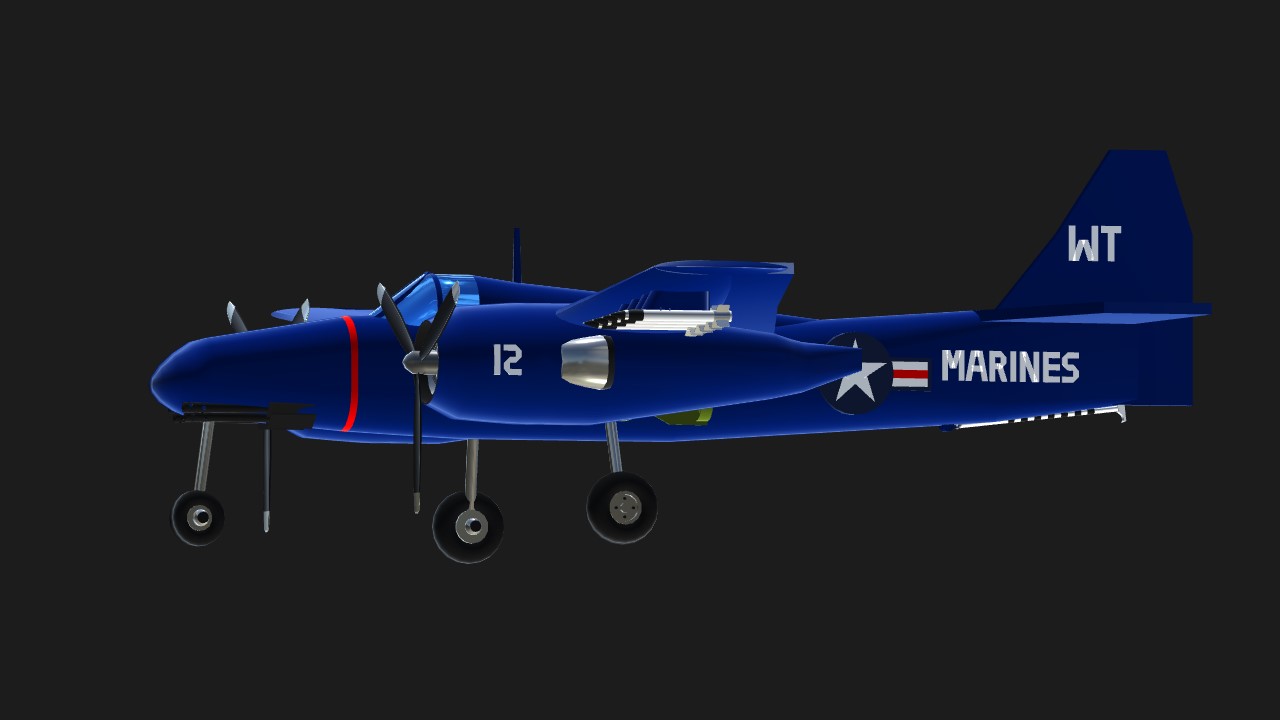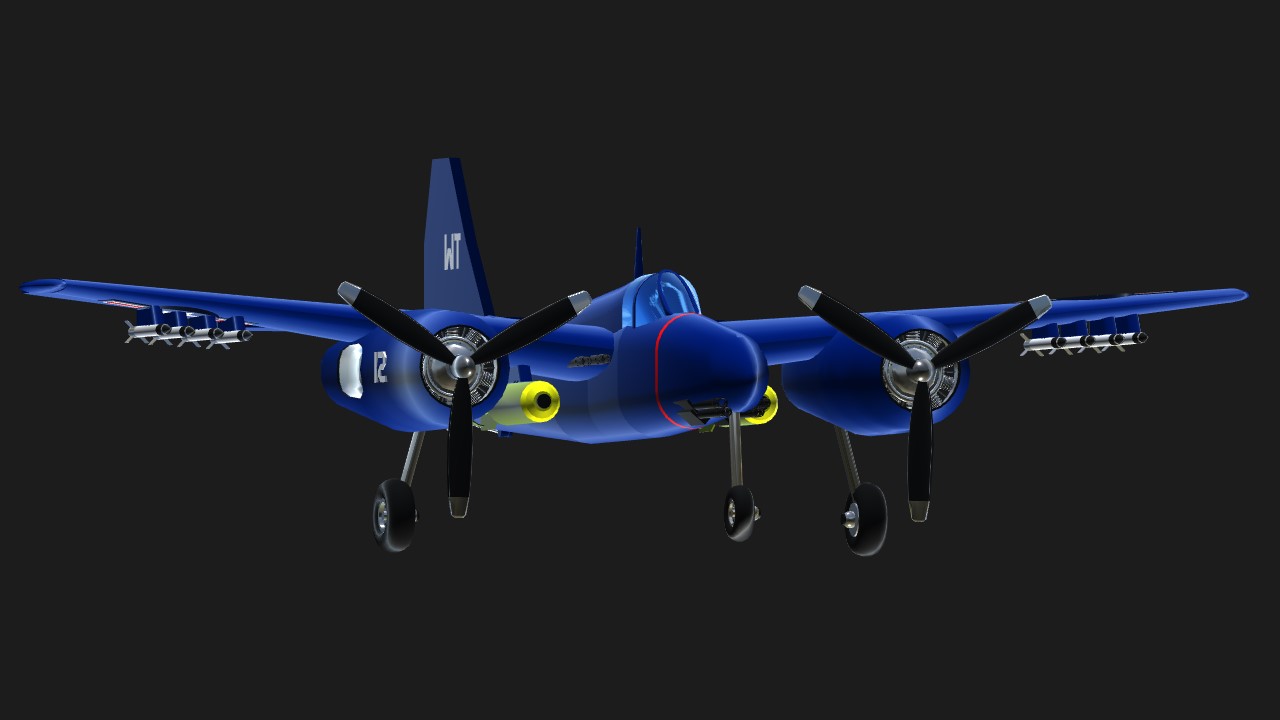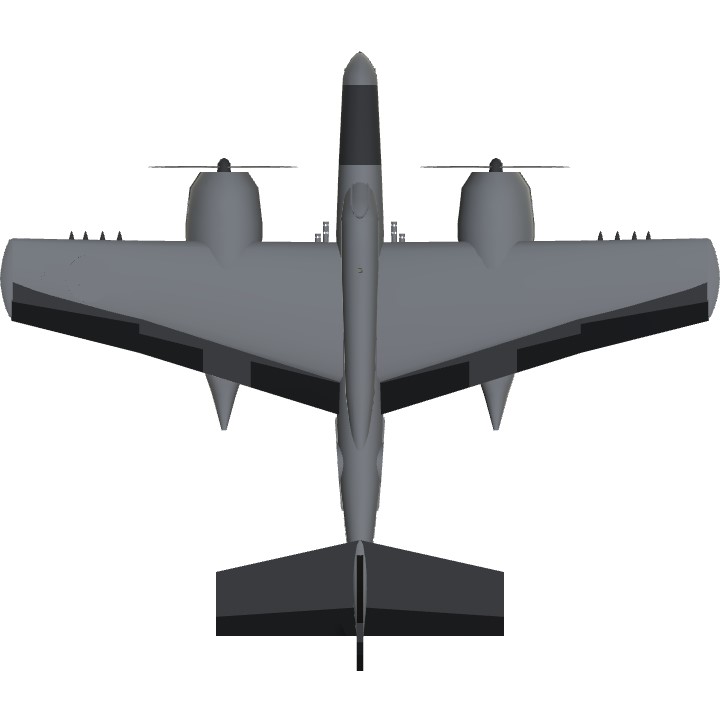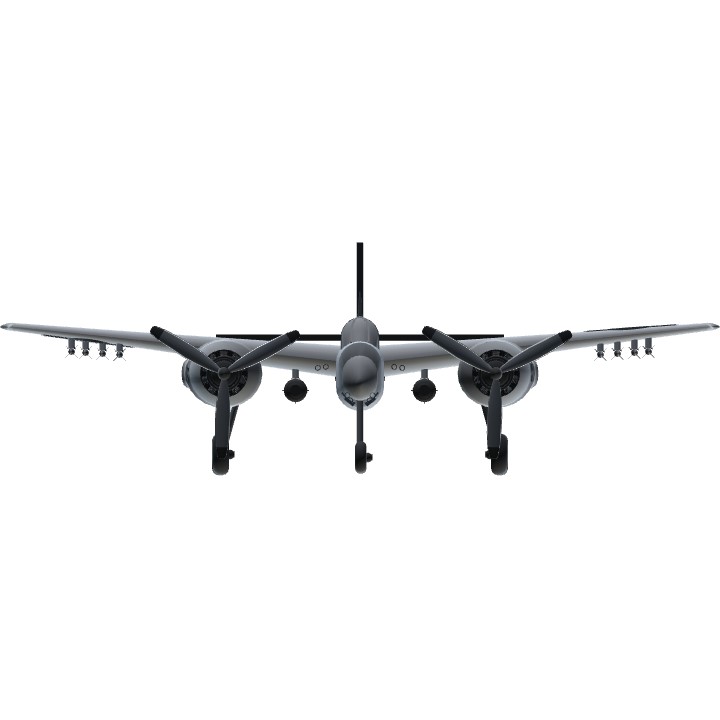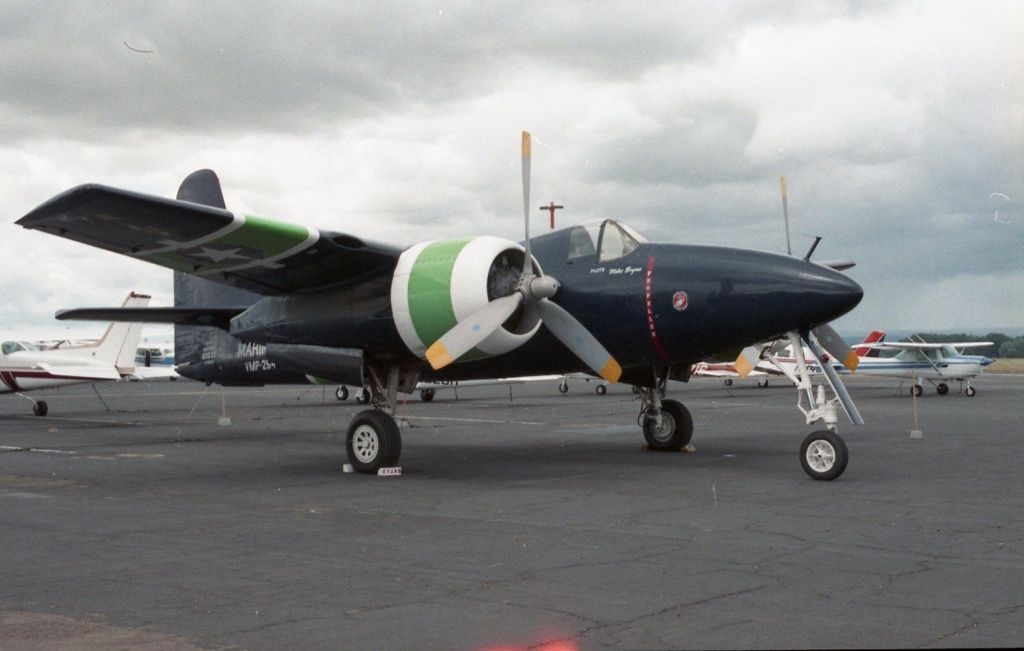
The Grumman F7F Tigercat is a heavy fighter aircraft that served with the United States Navy (USN) and United States Marine Corps (USMC) from late in World War II until 1954. It was the first twin-engine fighter to be deployed by the USN. While the Tigercat was delivered too late to see combat in World War II, it saw action as a night fighter and attack aircraft during the Korean War.
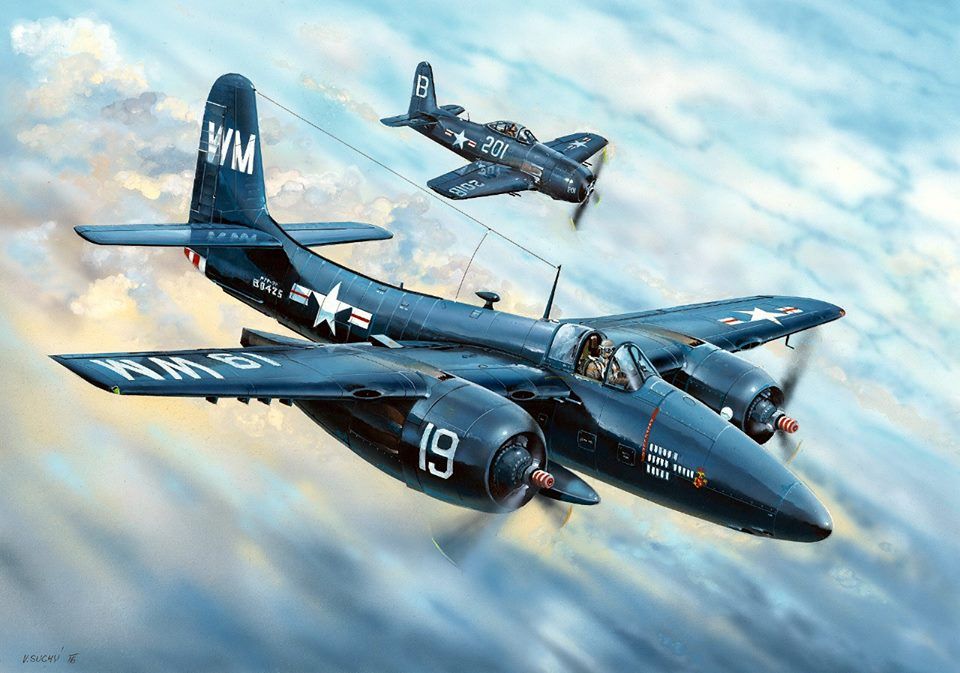
Performance of the prototype and initial production aircraft met expectations; the F7F was one of the fastest piston-engine fighters, with a top speed significantly greater than single-engine USN aircraft — 71 mph faster than a Grumman F6F Hellcat at sea level. The F7F was to be heavily-armed — four 20 mm cannon and four 50 caliber (0.50 in; 12.7 mm) machine guns, as well as underwing and under-fuselage hardpoints for bombs and torpedoes. This speed and firepower was bought at the cost of heavy weight and a high landing speed, but what caused the aircraft to fail carrier suitability trials was poor directional stability with only one engine operational, as well as problems with the tailhook design. The initial production series was, therefore, used only from land bases by the USMC, as night fighters with APS-6 radar.
Controls:
AG1: Jettison rockets
AG2: Jettison bombs
AG6: Fold wings for carrier storage
AG7: Arm tailhook
VTOL: Flaps
Trim: Elevator Trim
Specifications
General Characteristics
- Successors 1 airplane(s)
- Created On Windows
- Wingspan 36.9ft (11.2m)
- Length 31.6ft (9.6m)
- Height 11.8ft (3.6m)
- Empty Weight N/A
- Loaded Weight 7,516lbs (3,409kg)
Performance
- Horse Power/Weight Ratio 0.532
- Wing Loading 25.8lbs/ft2 (125.8kg/m2)
- Wing Area 291.6ft2 (27.1m2)
- Drag Points 2542
Parts
- Number of Parts 225
- Control Surfaces 10
- Performance Cost 904

